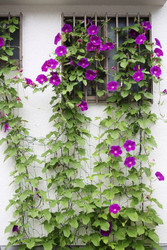Climbers
Feb 12, 2016
Climbing plants work with the gardener to help tie the earth to the sky, lifting the landscape high into three dimensions and providing it with a luminous ceiling. Training a climber and letting it scale the heights on its own, can be your most dramatic design gesture. This is as close as you'll come to magic tricks for softening the starkness of a wall, casting shade where there is the glaring sun, screening a view that makes you wince, draping a doorway, dressing up a fence, curtaining an outdoor shower. Many climbers can't perform without a help-they need to be tied to a sturdy post or trellis: some need taut wires, strings, or even another climber to curl their tendrils around. But start a single seed of an annual vine, like morning glory, and there is no stopping its ascent. The hardest part about planting a young perennial climber is the wait. But remember the adage: the first year, it sleeps: second, it creeps: the third year, it leaps! After that, it's your job to keep climbers from clambering into windows and other places where they're unwelcome. Decisive pruning is a hard but necessary lesson for eager gardeners to learn. Then, the sky's the limit.
The Virginia Creeper, Parthenocissus quinquefolia, is a fast-growing deciduous vine with soft green five-leaflet foliage (each leaf resembles a little hand) that turns crimson in the Autumn. The creeper climbs by branching tendrils with adhesive tips, like suction cups: wield clippers to keep them from latching on to wood shingles or clapboard. Tolerates any soil or conditions and grows in the sun or shade in zones 3-9.


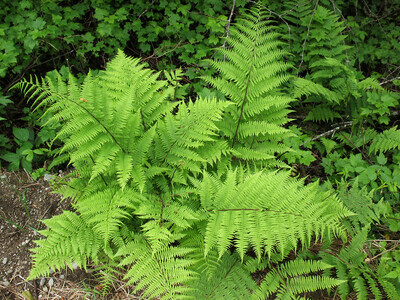 Native Ferns
Native Ferns
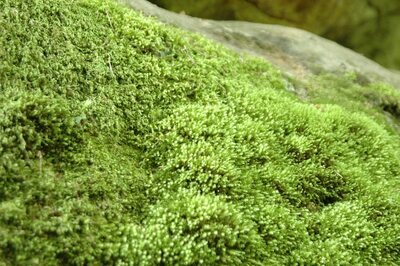 Native Mosses
Native Mosses
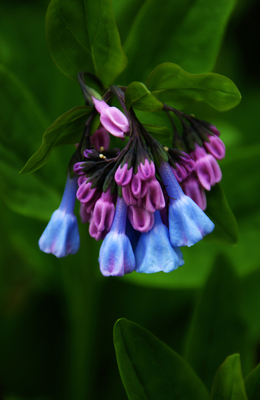 Native Perennials
Native Perennials
 Native Ground Covers
Native Ground Covers
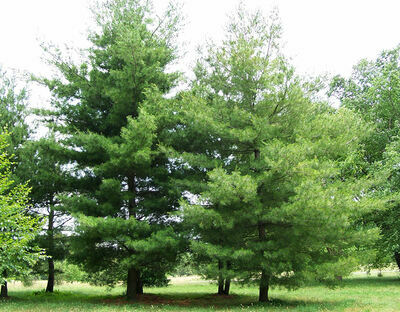 Native Trees
Native Trees
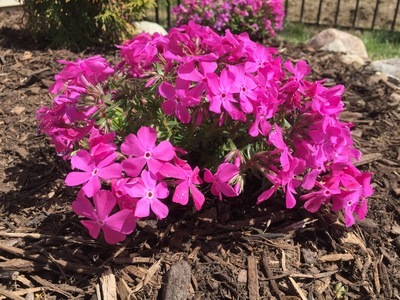 Shop By Zone
Shop By Zone
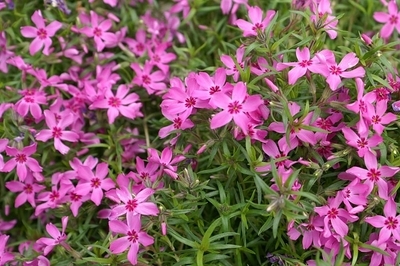 Flowering Groundcovers
Flowering Groundcovers
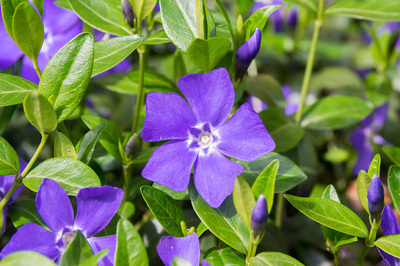 Evergreen Groundcovers
Evergreen Groundcovers
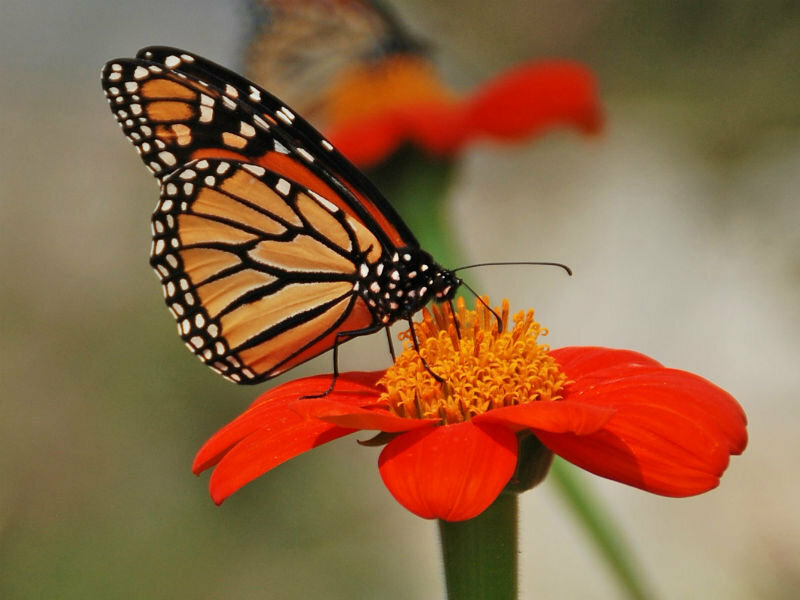 Pollinators
Pollinators
 Shop Bloom Color
Shop Bloom Color
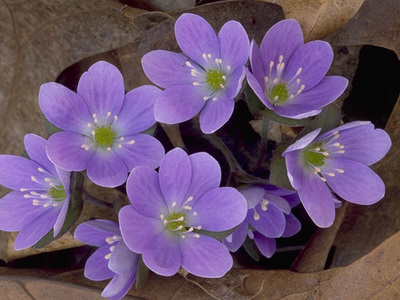 Perennials By Zone
Perennials By Zone
 Medicinal Herb Plants
Medicinal Herb Plants
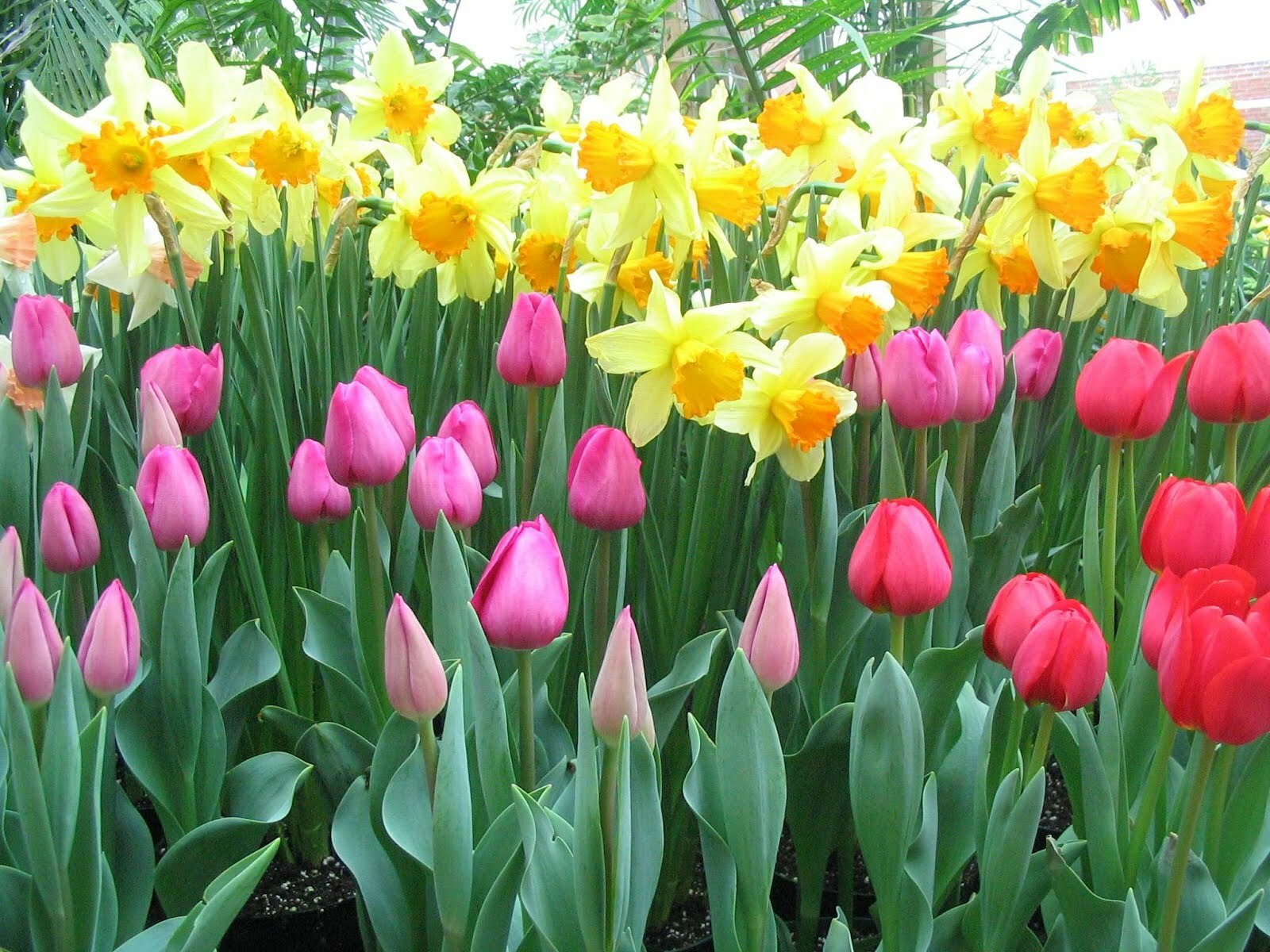 Spring Bulbs
Spring Bulbs
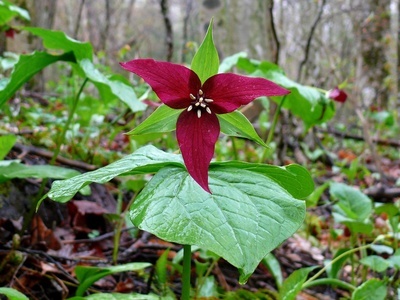 Trillium
Trillium
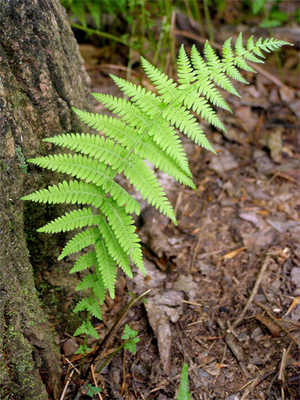 Ferns for Zone 3
Ferns for Zone 3
 Ferns for Zone 4
Ferns for Zone 4
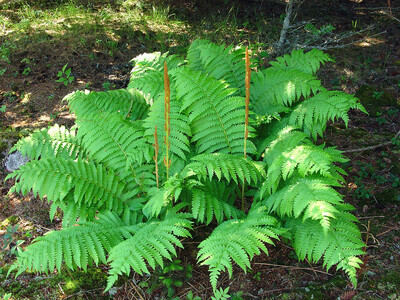 Ferns for Zone 5
Ferns for Zone 5
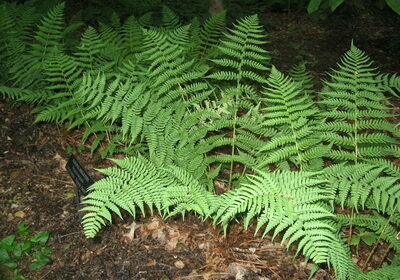 Ferns for Zone 6
Ferns for Zone 6
 Ferns for Zone 7
Ferns for Zone 7
 Ferns for Zone 8
Ferns for Zone 8
 Christmas bows
Christmas bows
 Fresh Wreaths
Fresh Wreaths
 Garlands
Garlands
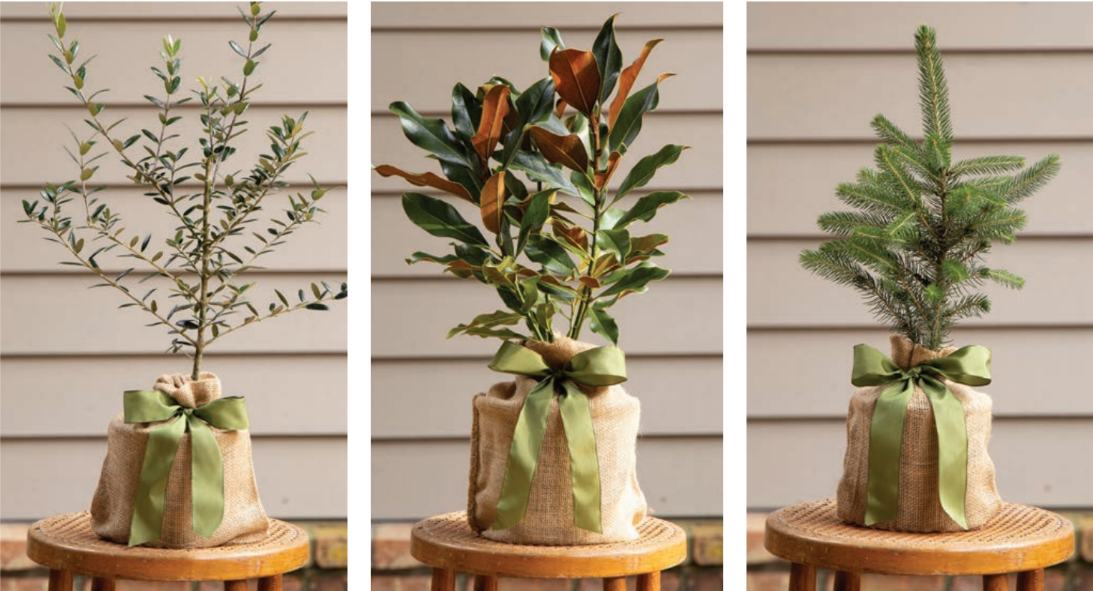 Holiday Gift Trees
Holiday Gift Trees
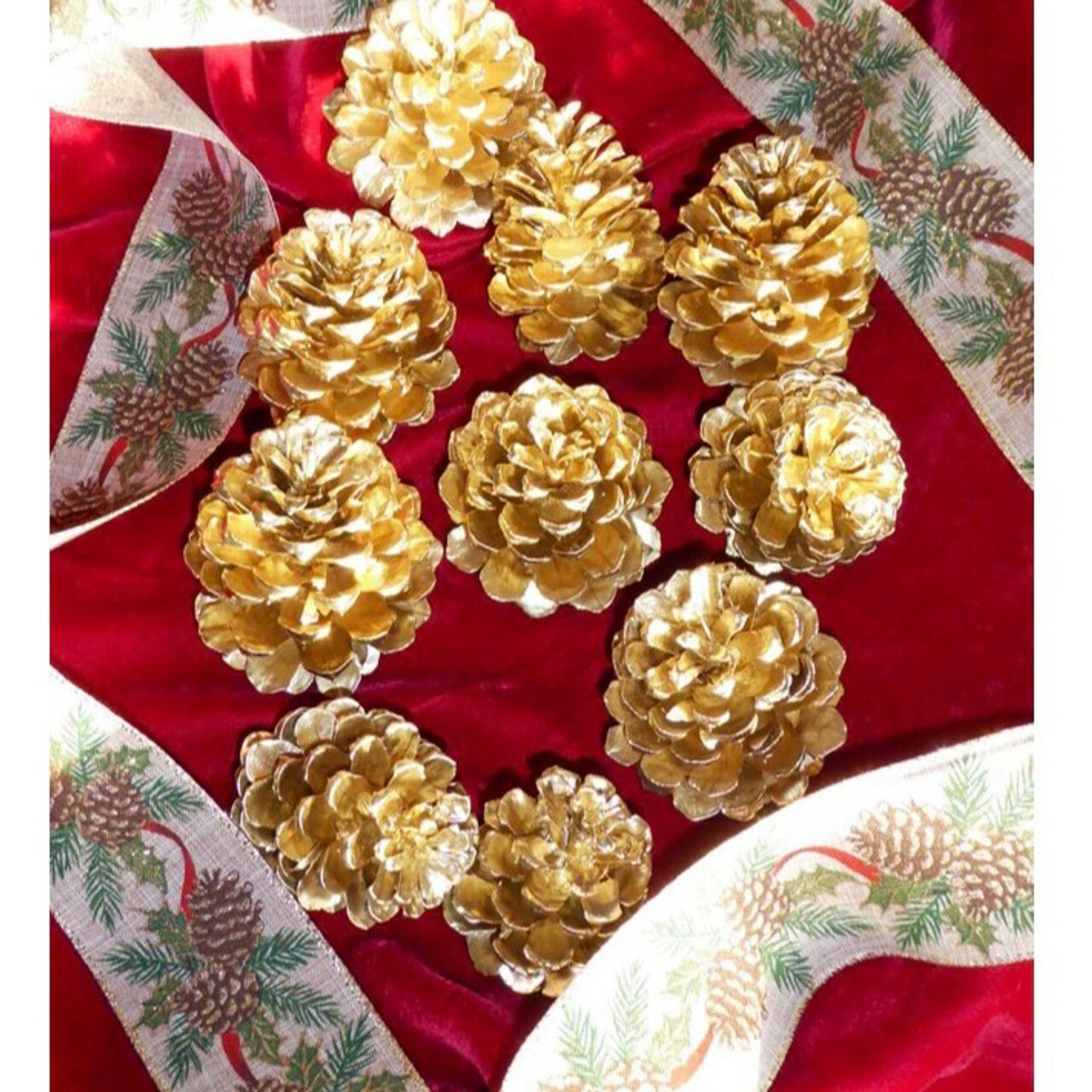 Large Pine Cones
Large Pine Cones
 Live Mistletoe
Live Mistletoe
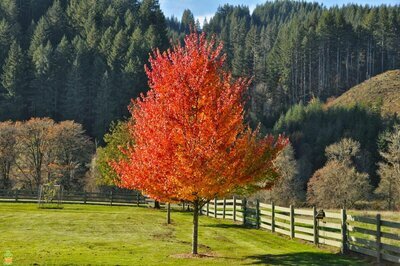 Shop Trees By Zone
Shop Trees By Zone
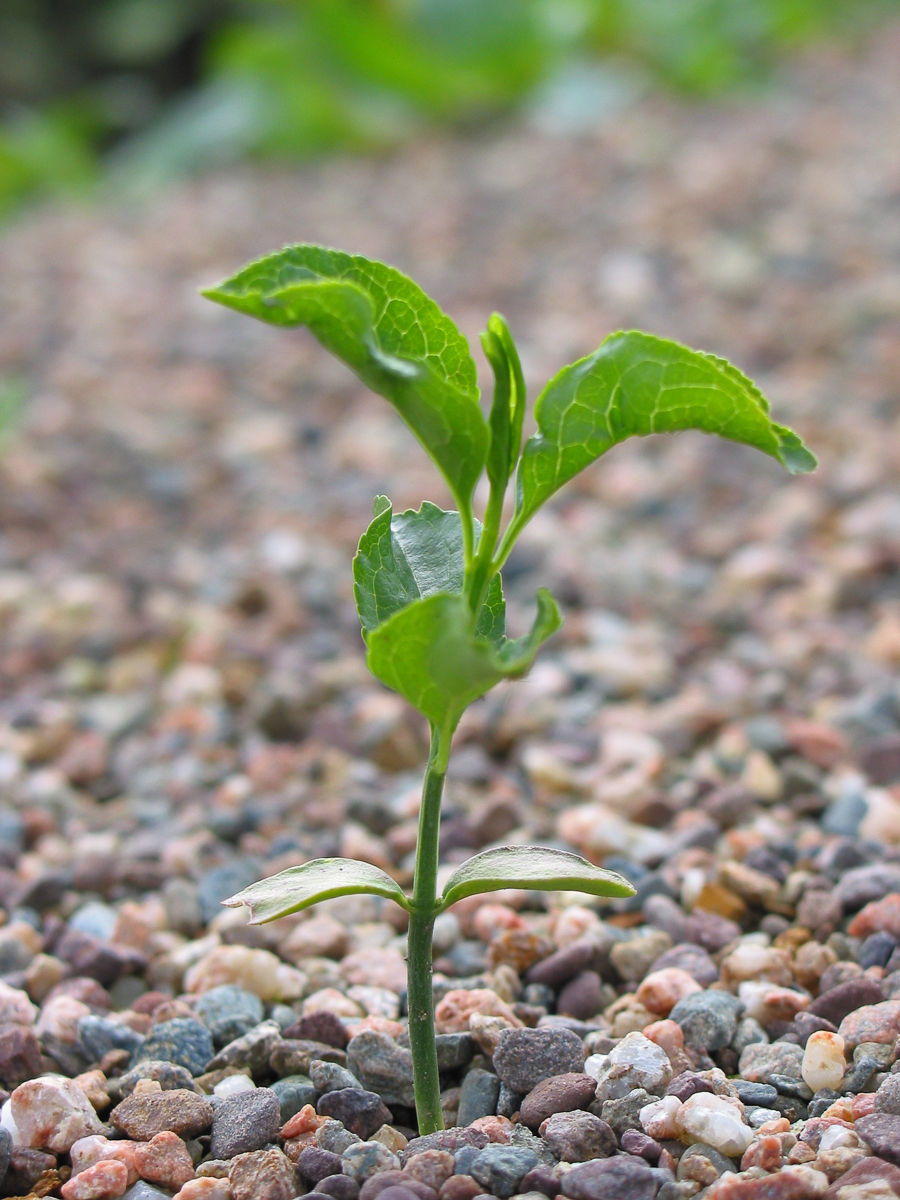 Tree Seedlings
Tree Seedlings
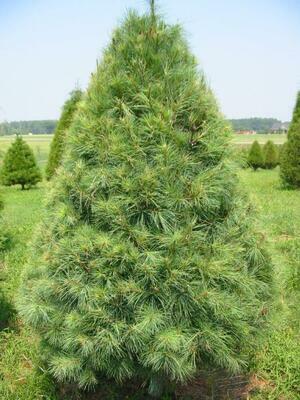 Fast Growing Trees
Fast Growing Trees
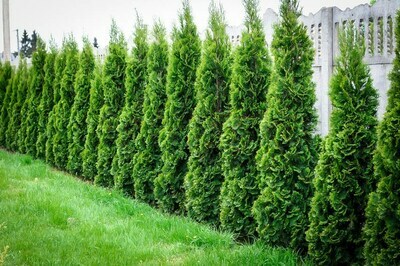 Pine Trees
Pine Trees
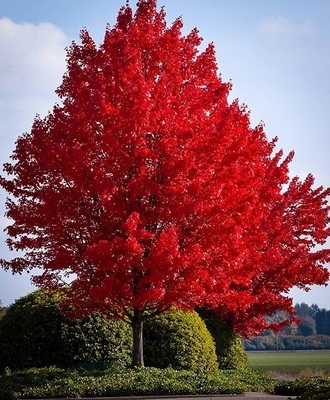 Live Stakes
Live Stakes
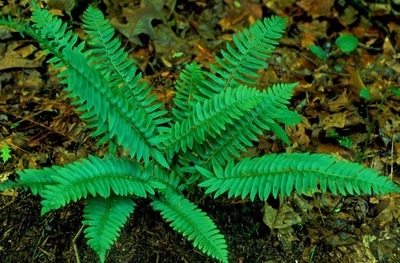 Evergreens
Evergreens
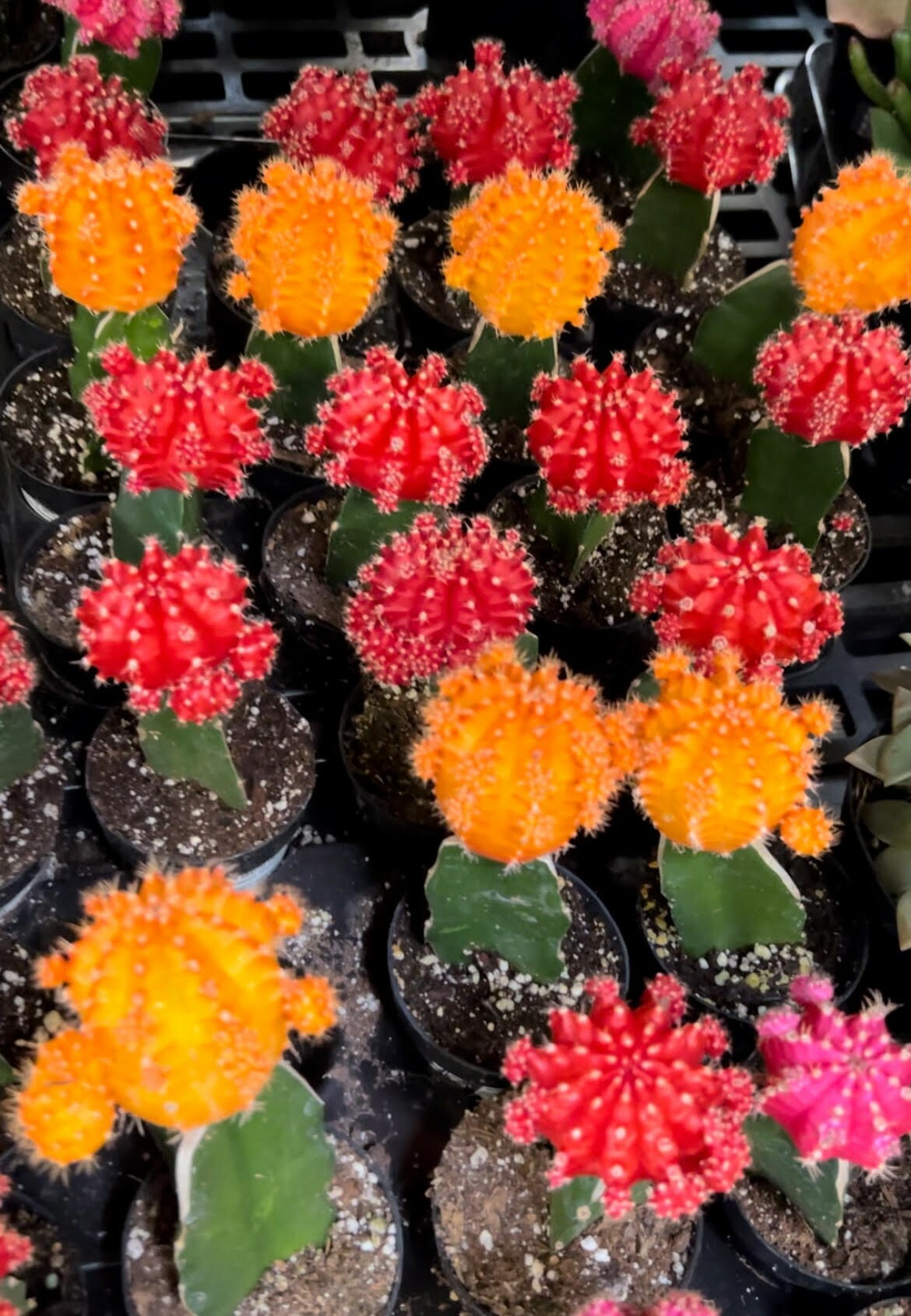 Cactus
Cactus
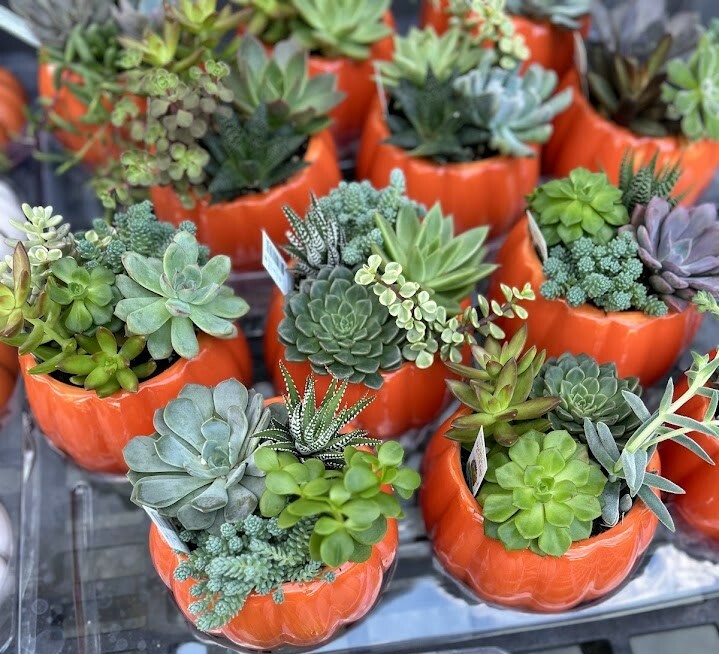 Combos
Combos
 Echeveria
Echeveria
 Haworthia
Haworthia
 Sedum - Stonecrop
Sedum - Stonecrop
